Mammals: Engaged Projects
Further resources, if available, can be found in our full bibliography.
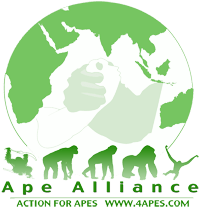
Ape Alliance: Action for Apes
The Ape Alliance is an international coalition of organisations and individuals, working for the conservation and welfare of apes.
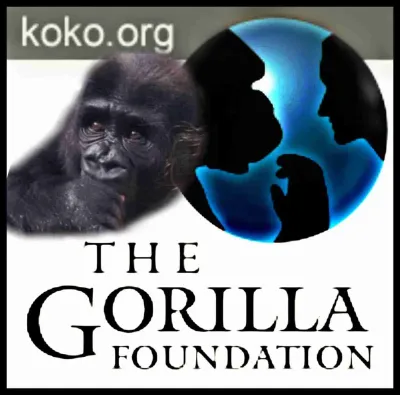
The Gorilla Foundation
The Gorilla Foundation is a non-profit organization dedicated to the preservation, protection and well-being of gorillas and other great apes through interspecies communication research and education. Established in 1976 as a 501(c)(3) corporation, it is best known for “Project Koko,” the longest interspecies communication study in history, and the only one involving gorillas. It has evolved into an institution that provides a unique resource for great ape conservation, care and understanding.
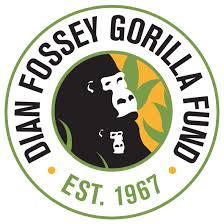
Dian Fossey Gorilla Fund International
Dian Fossey’s work to study and protect the lives of the wild gorillas in Rwanda touched the hearts of people around the world. Her focus, courage and passion have inspired many conservationists who have followed since. And her legacy lives on today, in the gorilla protection, science, education and people programs of the Dian Fossey Gorilla Fund.
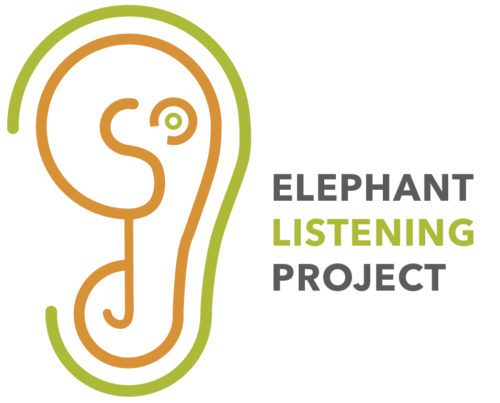
The Elephant Listening Project
K. Lisa Yang Center for Conservation Bioacoustics at Cornell University
The Elephant Listening Project seeks to help conserve the second largest block of rainforest on Earth and the biodiversity that it harbors, by focusing on forest elephants as key architects of those forests, and using innovative acoustic tools at the scale of landscapes. They are a part of the K. Lisa Yang Center for Conservation Bioacoustics at Cornell University, whose mission is to collect and interpret sounds in nature by developing and applying innovative conservation technologies across ecologically relevant scales to inspire and inform the conservation of wildlife and habitats.
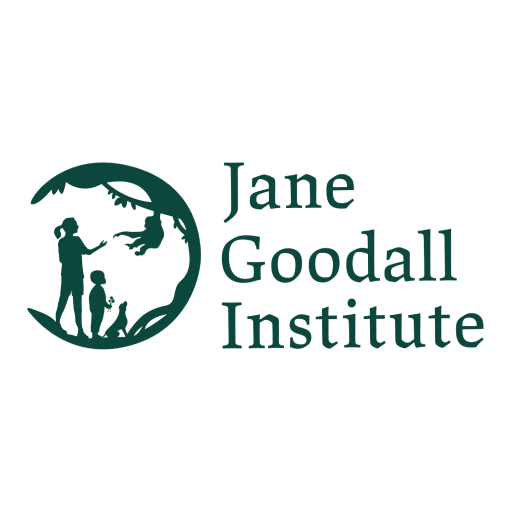
The Jane Goodall Institute
The Jane Goodall Institute advances the vision and work of Dr. Jane Goodall to lead a movement of conservation for the common good—one that builds on human connections to each other, fellow species, and the natural world all share. Following in the trailblazing footsteps of its founder, the Institute inspires hope through action, encouraging individuals around the world to join in taking care of the planet that all call home. Whether they’re restoring chimpanzee habitat, improving women’s health in a nearby village, or working with its Roots & Shoots youth groups in nearly 100 countries, the Jane Goodall Institute finds practical ways to make the greatest lasting impact for people, animals and the environment.
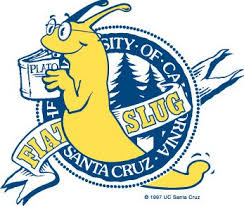
Pinniped Lab
University of California, Santa Cruz
The Pinniped Cognition and Sensory Systems Lab at Long Marine Laboratory explores the inner worlds of amphibious marine mammals. Observations and experiments conducted with trained animals in the laboratory allow researchers to examine the perceptual and cognitive mechanisms that enable individuals to gather, organize, and use various types of information, and the physiological mechanisms that support behavioral plasticity. Observations made in the field allow them to see how perception and cognition are translated into decisions and actions. Comparative studies in both settings help humans to understand how ecological, evolutionary, and life history factors have influenced different marine mammal species.
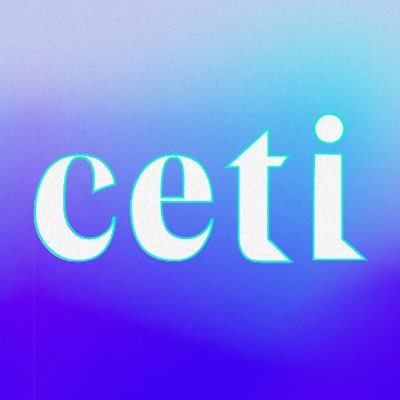
Project CETI (CEtacean Translation Initiative)
Project CETI aims to decode sperm whale communication using breakthroughs in AI and unsupervised machine translation. Over five years, the team will use advanced machine learning and non-invasive robotics to understand and possibly communicate with sperm whales, creating the first blueprint of another animal’s language.
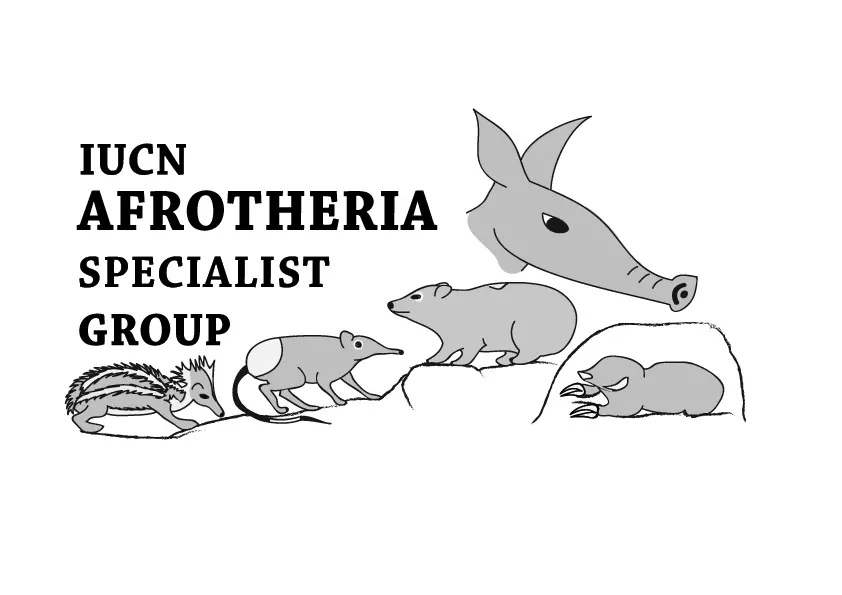
IUCN Afrotheria Specialist Group
Afrotheria (literally, “African mammal”) includes seven groups of mammals with little superficial resemblance to one another: elephants, sea cows (dugongs and manatees), hyraxes, aardvark, sengis, golden moles, and tenrecs. Despite their apparent dissimilarities, they are now widely recognized as having descended from a single common ancestor that existed somewhere in what is now Africa and had already diverged from the common ancestor of most other placental mammals. The ad already formed separate specialist groups focusing on elephants and sea cows, so when the Afrotheria Specialist Group was formed in 2001, it was charged with providing expertise on the remaining five “overlooked” groups of mammals.
Photo Credit: Elepahnt eye close-up; vinayakharshvardhan/Pixabay